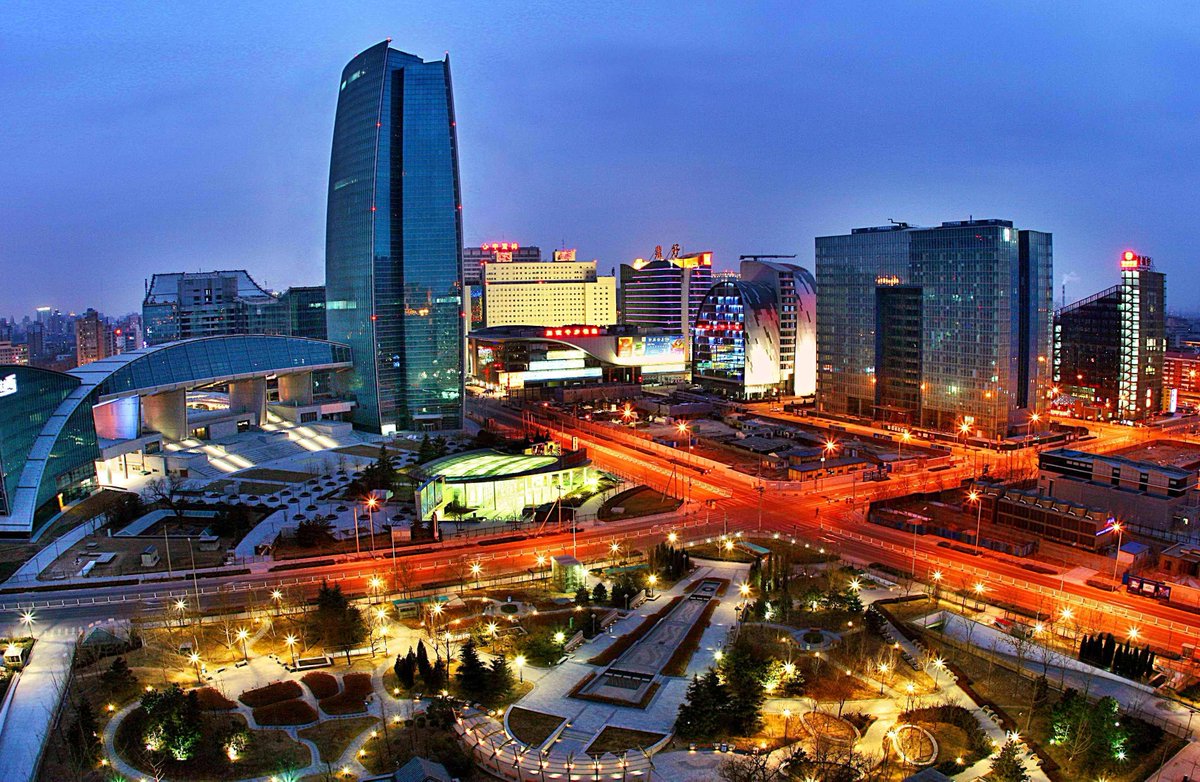Hendrik_2000
Lieutenant General
Tit for tat as expected via cirr
China launches anti-dumping investigation into U.S. sorghum imports
2018-02-05 09:03 CGTN Editor: Gu Liping
China has launched an anti-dumping and anti-subsidy investigation into imports of sorghum grown in the U.S., the Ministry of Commerce (MOFCOM) said in a statement on Sunday.
"This is a normal case of trade remedy investigations," said Wang Hejun, head of the ministry's Trade Remedy and Investigation Bureau.
Preliminary evidence and information found that the U.S. government had subsidized its sorghum exports, and that the volume of U.S. sorghum exported to China had increased substantially since 2013, with the prices lower than the normal value, the ministry said, noting that local producers were damaged as a result.
The ministry said it had ordered the investigation because the local industry included a large number of small growers who were unable to prepare the necessary documentation. The launch of the investigation is in accordance with the relevant laws of China and the World Trade Organization rules.
The investigation into sorghum dumping will be carried out for the period from November 1, 2016 until October 31, 2017, while an investigation of industrial injury will be from January 1, 2013 until October 31, 2017, said the ministry.
The investigation should be complete by February 4, 2019, it said, but can be extended until August 4, 2019.
Beijing's move is expected to immediately hit demand for the upcoming U.S. sorghum crop, exports of which are largely used to feed China's huge livestock sector, and could send shivers through the entire U.S. farm sector.
China is the top buyer of U.S. sorghum as well as soybeans, the US' most valuable export to the world's second-largest economy.
The US shipped 4.76 million tonnes of sorghum to China in 2017, the bulk of China's roughly five million tonnes of imports of the grain that year, and worth around 1.1 billion US dollars, according to Chinese customs data.
(With input from Reuters)
China launches anti-dumping investigation into U.S. sorghum imports
2018-02-05 09:03 CGTN Editor: Gu Liping
China has launched an anti-dumping and anti-subsidy investigation into imports of sorghum grown in the U.S., the Ministry of Commerce (MOFCOM) said in a statement on Sunday.
"This is a normal case of trade remedy investigations," said Wang Hejun, head of the ministry's Trade Remedy and Investigation Bureau.
Preliminary evidence and information found that the U.S. government had subsidized its sorghum exports, and that the volume of U.S. sorghum exported to China had increased substantially since 2013, with the prices lower than the normal value, the ministry said, noting that local producers were damaged as a result.
The ministry said it had ordered the investigation because the local industry included a large number of small growers who were unable to prepare the necessary documentation. The launch of the investigation is in accordance with the relevant laws of China and the World Trade Organization rules.
The investigation into sorghum dumping will be carried out for the period from November 1, 2016 until October 31, 2017, while an investigation of industrial injury will be from January 1, 2013 until October 31, 2017, said the ministry.
The investigation should be complete by February 4, 2019, it said, but can be extended until August 4, 2019.
Beijing's move is expected to immediately hit demand for the upcoming U.S. sorghum crop, exports of which are largely used to feed China's huge livestock sector, and could send shivers through the entire U.S. farm sector.
China is the top buyer of U.S. sorghum as well as soybeans, the US' most valuable export to the world's second-largest economy.
The US shipped 4.76 million tonnes of sorghum to China in 2017, the bulk of China's roughly five million tonnes of imports of the grain that year, and worth around 1.1 billion US dollars, according to Chinese customs data.
(With input from Reuters)





